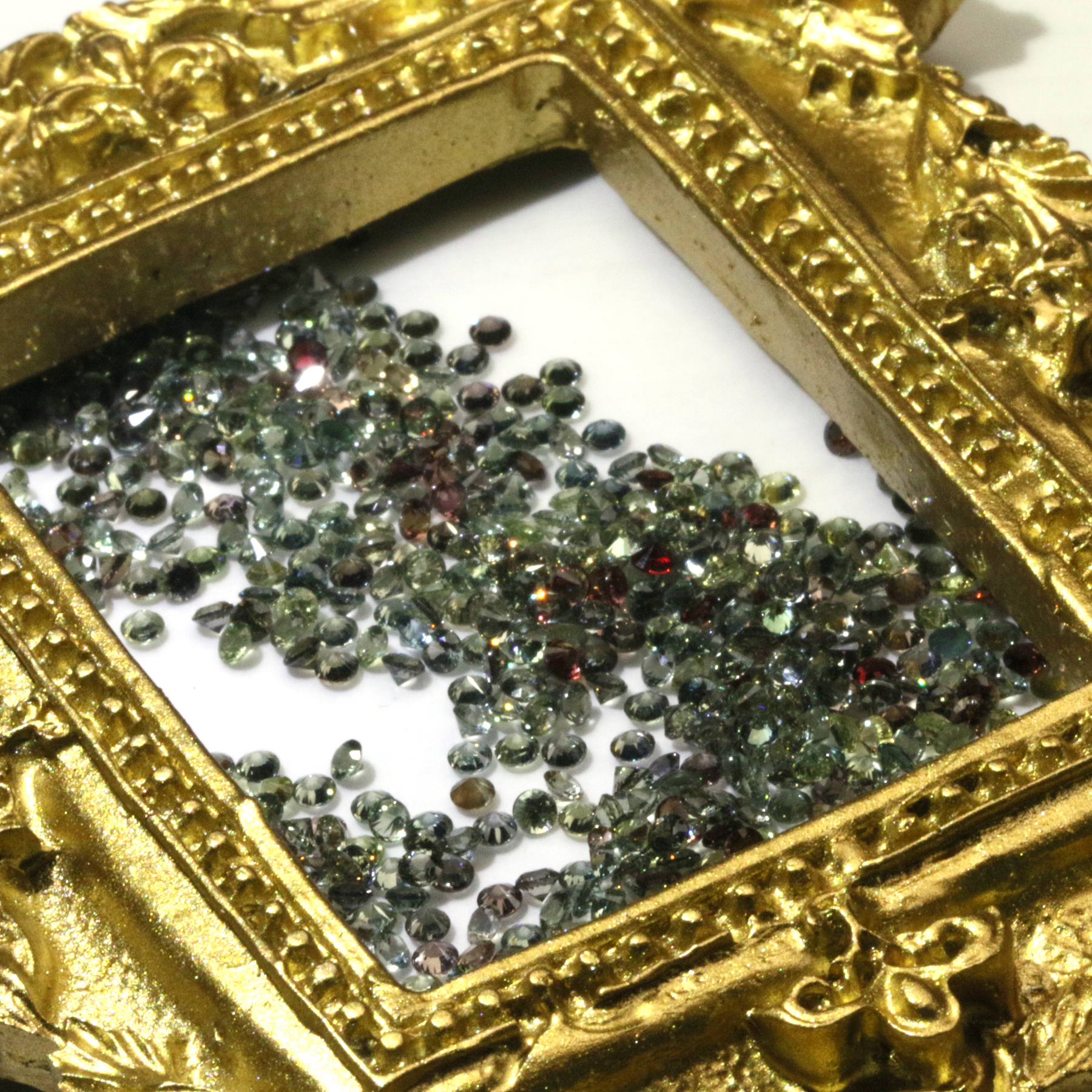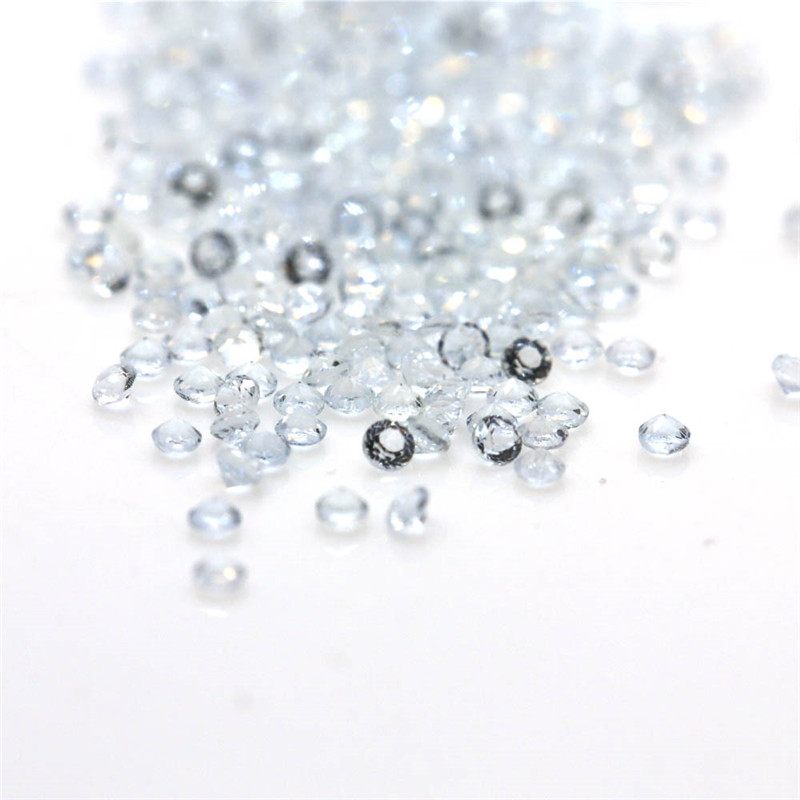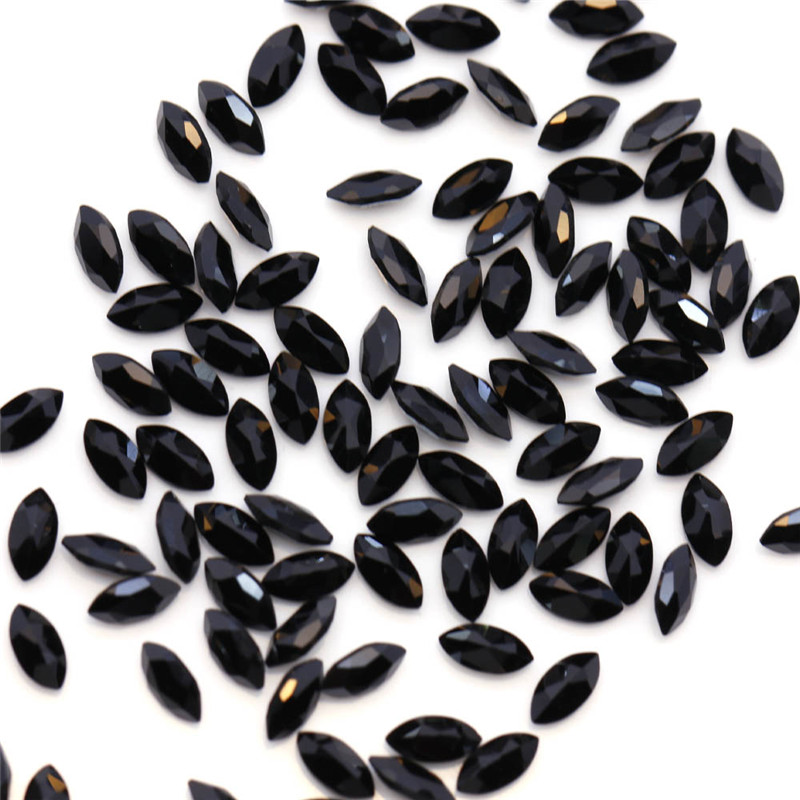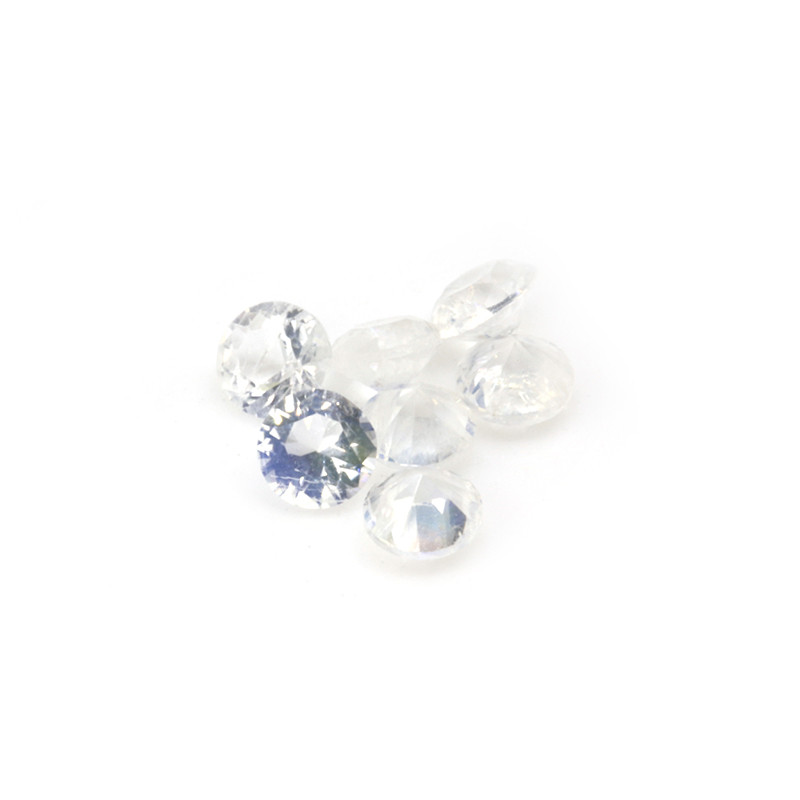Natrual Ruby Loose Gems Baguette 1.5x3mm
Product Detail:
Ruby, the gemstone of passion and power, possesses an irresistible allure with its deep red hue. Known as the king of gemstones, ruby has a rich history and has been highly prized for centuries. Its vibrant color, often referred to as “pigeon’s blood,” evokes a sense of elegance and sophistication. Ruby’s exceptional hardness makes it a durable choice for jewelry, while its symbolic significance of love and courage adds a deeper meaning. Whether worn as a captivating centerpiece or gifted as a token of affection, ruby exudes timeless beauty and embodies the fiery essence of desire.
Most natural rubies come from Asia (Burma, Thailand, Sri Lanka, Pakistan, China Xinjiang, China Yunnan, etc.) , Africa (Mozambique, Tanzania) , Oceania (Australia) , and America (Montana and South Carolina) . Today’s rubies are mainly produced in Mozambique.
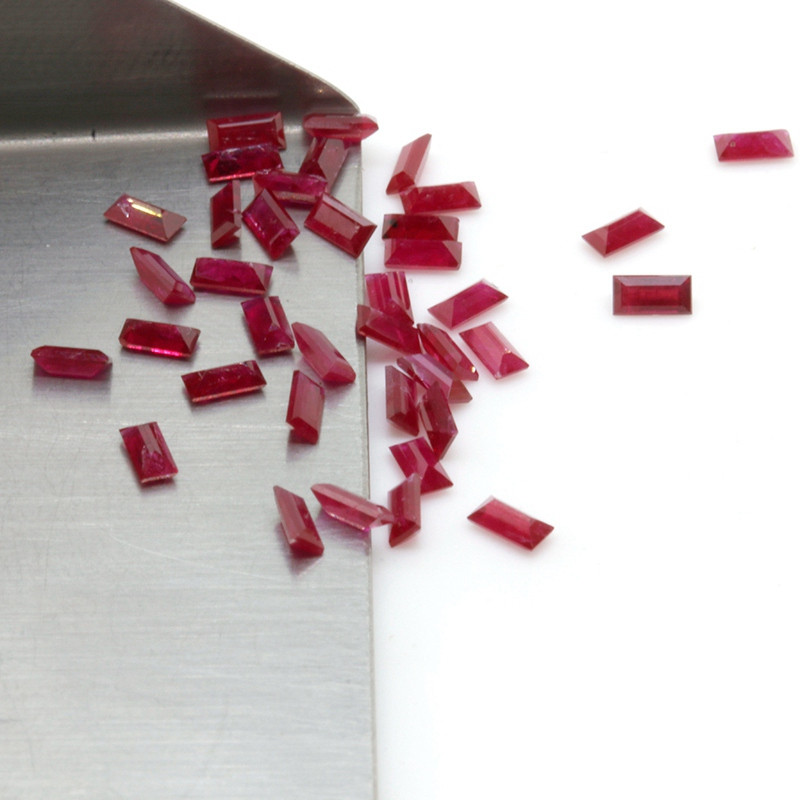
Natural rubies are very rare and therefore very valuable, but synthetic rubies are not too difficult, so industrial rubies are synthetic. In 1999, a 67.5-carat red and blue corundum was found in Changle County, Shandong Province, China. It is called “Mandarin Duck Gem”, which is a rare miracle in the world. In 2012 several ruby deposits were found in the Karakash river bed of the Karakax County River in the Wada region of Xinjiang, the largest being 32.7 carats.
| Name | natural ruby |
| Place of Origin | Tanzania |
| Gemstone Type | Natural |
| Gemstone Color | red |
| Gemstone Material | ruby |
| Gemstone Shape | Baguette Brilliant Cut |
| Gemstone Size | 1.5*3mm |
| Gemstone Weight | According to the size |
| Item Height | 65% |
| Quality | A+ |
| Hardness | 9 |
| Refractivity | 1.762-1.770 |
| Available shapes | Round/Square/Pear/Oval/Marquise/cabochon shape |
physical property:
Refractive index: 1.762 ~ 1.770, birefringence: 0.008 ~ 0.010;
Density: 4.00g/cm3; Typical absorption lines; The hardness and sapphire are side by side behind the diamond, which is the second largest hardness 9. Therefore, only the diamond can be engraved on its surface. A line can be easily drawn on the surface of the glass with one of its edges and corners (the hardness of the glass is less than 6). The cracks are relatively divergent. There are many cracks inside the common ruby, that is, the so-called “ten red and nine cracks” of ruby. It has obvious dichroism, and sometimes its color change can be seen by the naked eye from different angles. The original shape of ruby before processing is barrel and plate.

